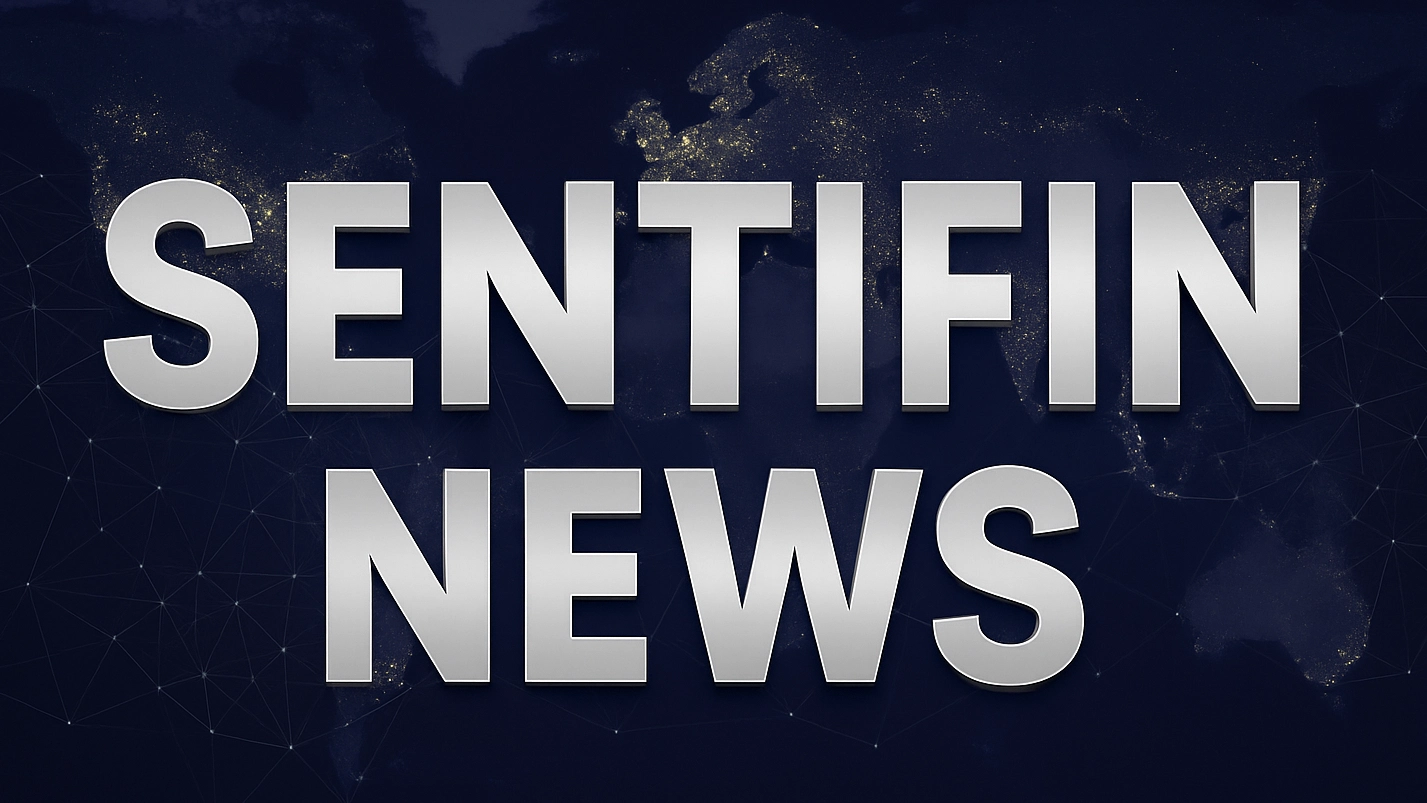Goldman Sachs Survey Finds Only 11% Of Companies Cutting Jobs As AI Adoption Rises: Report

News Summary
A Goldman Sachs Group Inc. survey found that only 11% of clients in the technology, industrial, and finance sectors are actively cutting jobs due to AI adoption. The report gathered insights from over 100 Goldman Sachs investment bankers. Bankers noted that 47% of their clients are using AI to increase productivity and revenue, rather than reducing staff, while only one-fifth are using it to cut costs. The tech, media, and communications sector currently leads in AI-driven job cuts, with 31% of companies in this area reducing staff. Layoffs at Amazon, Salesforce, and Accenture were also mentioned, though some argue these cuts are not solely AI-driven. Unemployment among 20- to 30-year-olds in the tech sector has risen nearly 3 percentage points since early 2024. Goldman Sachs bankers anticipate a 4% general headcount reduction across their clients within the upcoming year, potentially rising to 11% over a three-year period. Financial institutions are expected to see the largest drop at 14%, followed by the technology industry at 10%. Analysts highlighted that AI impacts on the U.S. labor market could arrive sooner than expected.
Background
The rapid development of Artificial Intelligence (AI) technology in recent years and its potential impact on the global economy and labor markets have been a central focus for the market. Companies are racing to invest in AI to boost efficiency and innovation, yet the long-term effects on employment remain a subject of debate. The technology sector experienced significant growth and expansion in recent years, particularly during the COVID-19 pandemic. However, since 2023, many major tech firms have initiated large-scale layoffs, sparking discussions about whether these reductions are a result of technological transformation (like AI), a correction for prior over-hiring, or other economic or policy factors (such as the unwinding of a "DEI-fueled hiring bonanza"). Federal Reserve Chair Jerome Powell has indicated that the Fed is closely monitoring AI's impact on the job market, as labor market conditions are a critical consideration for its monetary policy decisions. In a high-interest-rate environment, companies' demand for cost control and efficiency gains is increasing, which could accelerate AI deployment and its influence on hiring strategies.
In-Depth AI Insights
The Goldman survey suggests AI is currently used for productivity, yet significant job cuts are anticipated over the next three years. How should investors interpret this seemingly contradictory narrative? - This contradiction reflects two phases of AI integration. Phase one focuses on incremental efficiencies, boosting productivity by automating existing tasks, often without immediate layoffs, and potentially creating new roles to manage AI systems. - Phase two, spanning the next few years, will involve deeper process re-engineering and the automation of entire functions. This will inevitably lead to structural job displacements, particularly in financial services and older tech roles with high routine task loads. - Investors should recognize that the initial "soft landing" narrative may mask a deeper, impending labor market restructuring. This favors companies that can effectively deploy AI for significant labor efficiency gains, while posing risks to those reliant on legacy operating models and skill sets. The article highlights rising unemployment among young tech workers and the highest anticipated future cuts in the financial sector. What are the deeper investment implications of these demographic and sectoral shifts? - The challenges faced by young tech workers suggest AI is impacting not just low-skill jobs but also entry- and mid-level professional roles, diverging from the traditional view that AI primarily augments human capabilities. This indicates a worsening skills mismatch, necessitating significant re-skilling investments. - The 14% anticipated cuts in the financial sector are an extremely important signal. This implies disruptive changes across banking operations, wealth management, and back-office functions. Investors should focus on FinTech firms or traditional financial institutions leading in AI-driven automation and digital transformation, as they will benefit from efficiency gains and cost reductions. - This shift could also have long-term implications for the commercial real estate market, particularly office space demand. As high-density office sectors like finance and tech shed jobs or transition to more flexible work models, vacancy rates in prime urban business districts could continue to rise. Considering the Trump administration's "America First" policies and the Fed's focus on AI's employment impact, what policy interventions or socioeconomic repercussions might AI-driven labor transformation trigger? - The Trump administration might frame AI's impact on jobs as a key point in its "America First" agenda. If AI leads to significant job displacement or economic distress for specific demographics, the administration could implement protectionist policies, such as taxes on automation, limits on AI deployment speed, or aggressive job re-training programs for specific industries. - The Fed's focus on employment means that if AI-induced job losses pose risks to macroeconomic stability, the central bank will have to weigh this in its monetary policy decisions. This could lead to a more dovish stance on interest rate cuts to stimulate new job growth if the labor market contracts. - Furthermore, societal pressure could mount for universal basic income (UBI) or strengthened social safety nets to address structural unemployment caused by AI automation. This could lead to long-term fiscal burdens and a re-evaluation of tax policies, impacting corporate profitability and the investment environment.